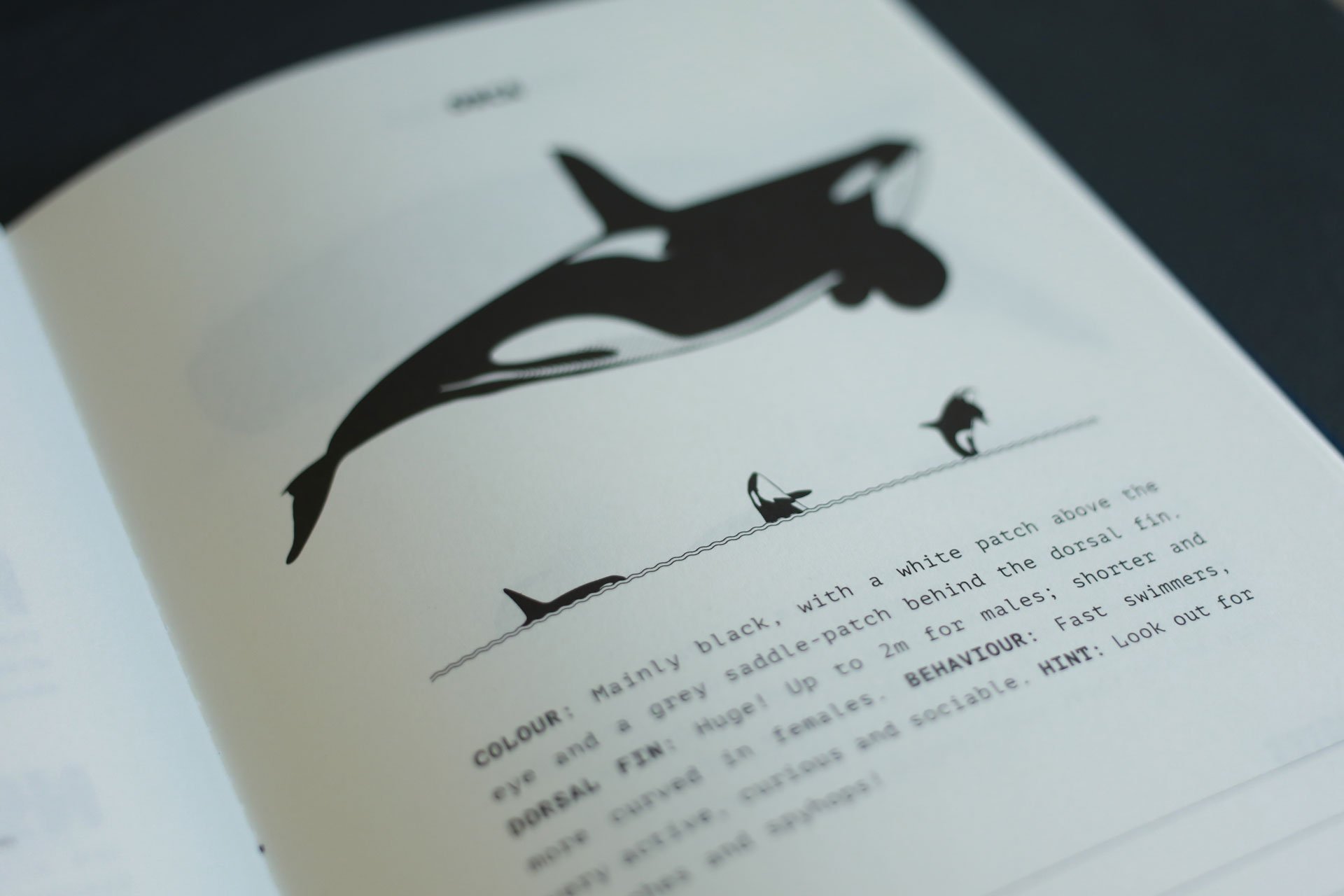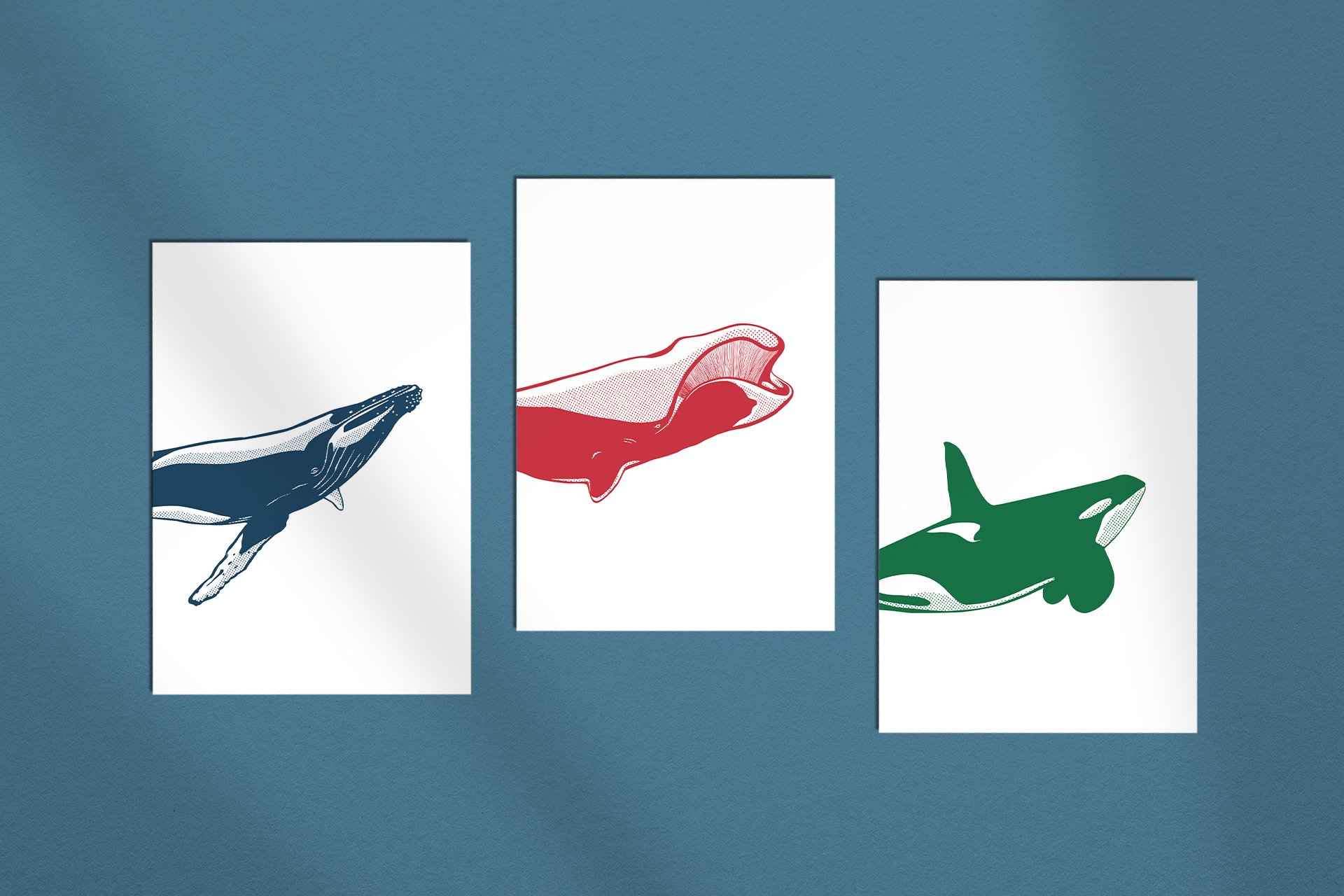IcelaND
In Iceland you can observe whales all year – during summer you might even experience all four seasons in one day.
Photo: Oliver Dirr / Whaletrips
whales: IceLAND
More than ten different whale species can be observed in Iceland during summer. In the north, you also have the chance to see blue whales. And even in winter, Iceland is one of the best places for whale watching.
Whale watching tours in Iceland can mainly be organised from Husavik in the north and the Snaefellsnes peninsula in the west, but tours are also offered from the capital Reykjavik and Akureyri in the north. On the Westman Islands in the south and in Neskaupsstadur in the east, you also have a good chance of encountering whales on regular nature excursions.
Husavik calls itself the "Whale Watching Capital of Europe" (with around 2,500 inhabitants, there are more than 50,000 whale watchers here every year) and is also considered the most beautiful fishing village on the north coast. There is a large whale centre here that is definitely worth a visit, including a huge blue whale skeleton.
With northsailing.is you go out in traditional wooden boats, with gentlegiants.is by zodiac – there are also multi-trip passes for 3, 5, 7 or more days, which you can use as often as you like. The most common sightings are minke and humpback whales – with a pretty good chance of encountering blue whales.
Blue whales have been coming to Skjalfandi Bay off Husavik for a few years now, with the best chances from mid-June to mid-July when they are on their way north and from mid-September when they are on their way back south. In recent years, however, they have also been spotted as early as April.
A humpback whale in Skjalfandi Bay off Husavik, in the far north of Iceland. Around ten o'clock in the evening. The days are long here. Photo: Oliver Dirr / Whaletrips
A few years ago, the best chances of spotting blue whales were mainly from the Snaefellsnes peninsula in the north-west. However, the migration routes seem to have changed somewhat and now the best places to see blue whales are in Skjalfandi Bay off Husavik.
Nevertheless, Snaefellsnes still offers very good options, for example sperm whales and orcas are often seen here, as well as minke whales in particular. Tours are offered by Laki Tours from Olafsvik (in summer) and Grundarfjordur (in winter).
In winter, Iceland is one of the best places in the world for whale watching: From November to February, you can mainly see orcas, sperm whales and humpback whales hunting in the fish-rich fjords. A good time for orcas is between November and April in Snaefellsnes, humpback whales are mainly seen in November/December and from February in Husavik and Akureyri. In Reykjavik, humpback whales can usually be seen again from February / March.
On icewhale.is, the most important Icelandic whale-watching providers and all species that may be observed are presented. However, there is no exact overview of when and where which whales are most likely to be seen.
Photo: Oliver Dirr / Whaletrips
TO DO: IceLAND
Volcanoes, glaciers, waterfalls, geysers, deep fjords, steep cliffs, black beaches – and often all four seasons in only one day: hardly any other country is as varied and multifaceted as Iceland. The perfect destination for wonderful hikes and road trips.
National Road 1 runs all the way around the island – which is why it is also called the ring road. If you set off on the 1,500 kilometre journey past glaciers, lava fields, waterfalls, geysers, fjords and black beaches in summer, you will have seen everything Iceland has to offer on one single tour and, on top of that, have a very good chance of experiencing all four seasons along the way. The full tour usually takes 7 to 14 days. The roads on the ring road are generally good, whereas the roads inland may sometimes be a little adventurous.
The Snaefellsnes peninsula in the north-west is usually skipped on the classic ring route, although it is also known as "Iceland in a nutshell" and is one of the most beautiful areas of all. Stykkisholmur, with its 150-year-old wooden houses, is also considered one of the most beautiful coastal towns in Iceland. At the western end lies Snaefellsjökull, the volcano is the starting point of Jules Vernes "Journey to the Centre of the Earth". The beautiful Kirkjufell is also here – the most photographed mountain in Iceland.
To the north of Snaefellsnes lie the Westfjords, perhaps the most remote and exciting area of Iceland in terms of hiking. The green cliffs of Hornstrandir are extremely steep and are hard to beat in terms of drama. For many, this is the scenic highlight of Iceland.
“The best time to go on a puffin safari is between the end of April and mid-August on the Westman Islands in the south as well as from Hornstrandir in the north and Borgafjördur in the east.”
Vatnajölull in the south-east is the largest national park in Europe - and the largest ice cap away from the Poles or Greenland. From here, mighty glaciers push their way inland between active volcanoes and towards the coast, where they calve in the Jökulsarlon ice lagoon. The ring road runs right past it, and you can also take a boat tour into the lagoon.
The hot spring to which all other hot springs in the world owe their name is located right here in Iceland: the Great Geyser spewed fountains of water up to 80 metres high into the air well into the 1950s. Today's most active and largest geyser is named Strokkur, about 100 kilometres inland from Reykjavik. Strokkur produces a fountain up to 30 metres high every five to ten minutes. The Great Geyser Centre is also located here.
The Blue Lagoon, a geothermal outdoor pool located directly on the way between Reykjavik and Kevlavik Airport, is world-famous – ideal as a stopover after arrival or as a quick dip before departure. But there are similar pools all over the country, e.g. Myvatn on the ring road near Husavik, with the Blue Lagoon being just the best known and the most crowded.
The ideal companion for your next trip: Check out our NOTES in five great colours – with plenty of space for all notes, observations and memories. Order now!
The village of Vik in the south of Iceland is the rainiest region of Iceland. However, it has one of the most beautiful beaches on the whole island – with black sand and charismatic rock towers jutting out of the sea (Reynisdrangur). Close to Vik is also the old aeroplane wreck, a very popular photo motif.
Puffins are also known as the clowns of the sea, perhaps because of their striking colours, but perhaps also because they are in such a constant state of excitement, nervousness and clumsiness. No matter what, a puffin safari is great fun – best from late April to mid-August on the Westman Islands in the south, but also in Hornstrandir (north) and Borgafjördur (east).
Iceland is located just below the Arctic Circle, so you can't experience the midnight sun here. Actually. However, as the Arctic Circle runs directly above the north coast, Icelandic nights are very bright in summer – the further north you go, the longer they are. On the other hand, it is quite dark in winter so there is also a very good chance of seeing the northern lights here, preferably between December and February.
Even more Places
〰️
Even more Places 〰️
Whaletrips Shop
The ideal Companion for your whale trip
All the whale facts you need while on the road – with plenty of space for own thoughts and observations!
Whaletrips Shop
Our Whales as Cards and Stickers
Colourful, finely illustrated, ready to stick on: Our whales are now available as stickers and greeting cards!
Whaletrips Shop
Beautiful whale Notebooks
Whether for travelling or at home: our high-quality whale notebooks come in five beautiful colours!
Whaletrips Shop
Our favourite photos for your home
Brightens any wall: a selection of our favourite motifs is available as elegant fine art print for your home.








